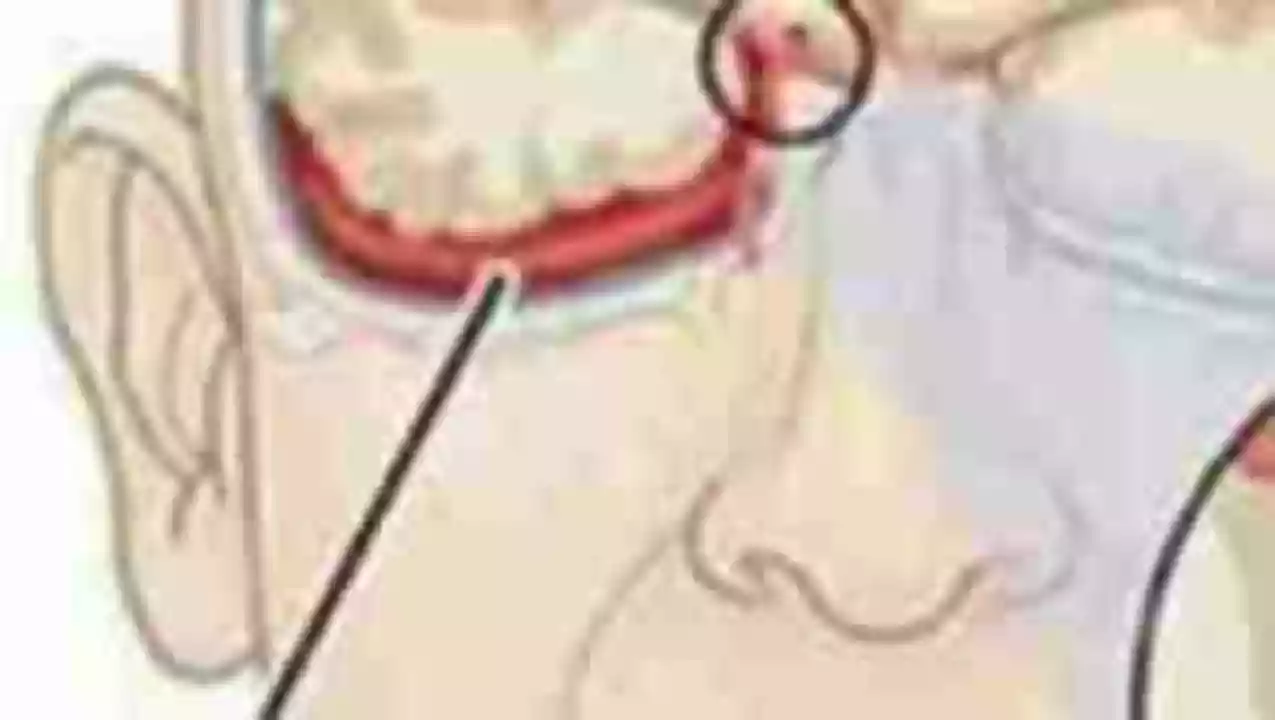Subarachnoid Hemorrhage: Quick Facts You Should Know
If you hear someone say "subarachnoid hemorrhage" (often shortened to SAH), they’re talking about a sudden bleed that lands in the space between the brain and its covering. This isn’t a slow‑growing problem – it hits fast, can be life‑threatening, and needs immediate medical help.
Most SAH cases start when an aneurysm – a weak spot on a blood vessel – bursts. Less often, trauma or other vascular issues cause the bleed. The extra blood irritates the brain, raises pressure, and can trigger severe headaches, loss of consciousness, or even seizures.
Signs and Symptoms You Can Spot
The classic warning sign is a "worst headache of my life" – an explosive, throbbing pain that shows up out of the blue. People also notice neck stiffness (the blood irritates nerves around the spine), nausea, vomiting, blurred vision, or trouble speaking.
If you see any of these symptoms, especially after a head injury, call emergency services right away. Time is crucial – getting to a hospital within an hour dramatically improves outcomes.
Treatment Options and What Happens Next
Doctors first do a CT scan to confirm the bleed. If it’s there, they might perform a lumbar puncture to check for blood in the spinal fluid if the CT is unclear.
The two main ways to stop the bleeding are surgical clipping or endovascular coiling. Clipping means opening the skull and placing a tiny metal clip over the aneurysm. Coiling involves threading a catheter through a blood vessel and filling the aneurysm with coils, causing it to clot.
Both methods aim to seal the leak and prevent more blood from spilling. After the procedure, patients stay in intensive care for monitoring – doctors watch blood pressure, brain swelling, and possible complications like vasospasm (tightening of nearby vessels).
Recovery can be a long road. Physical therapy, speech therapy, and cognitive rehab help many get back to daily life. Support groups also make a big difference because coping with SAH isn’t just physical; it’s emotional too.
Preventing a first bleed focuses on managing risk factors: keep blood pressure under control, avoid smoking, limit heavy alcohol use, and treat any known brain aneurysms before they burst. Regular check‑ups with imaging can catch an aneurysm early when it’s still small and easier to fix.
Bottom line: subarachnoid hemorrhage is a medical emergency that shows up fast with a massive headache and other neurological signs. Quick recognition, rapid transport to a hospital, and modern treatment options give the best chance for survival and recovery. Stay aware of the warning signs, manage your health risks, and don’t hesitate to call for help if you suspect an SAH.
In recent studies, I've come across some alarming findings about the impact of alcohol consumption on subarachnoid hemorrhage risk. It appears that excessive alcohol intake can significantly increase the likelihood of experiencing this dangerous type of brain bleeding. This is especially concerning as subarachnoid hemorrhage can lead to severe consequences, including long-term brain damage and even death. As a result, it's crucial for us to be mindful of our alcohol consumption and consider making lifestyle changes to minimize this risk. Remember, moderation is key, and staying informed about our health can make all the difference.


 Medications
Medications